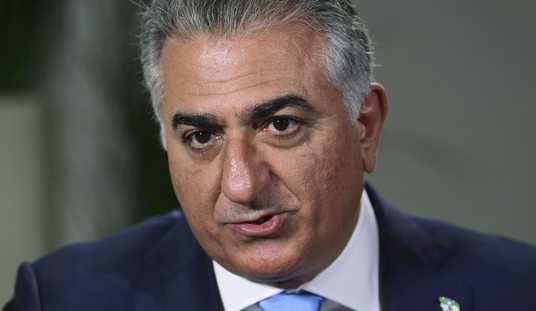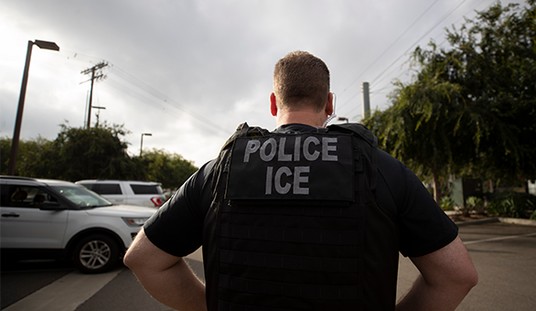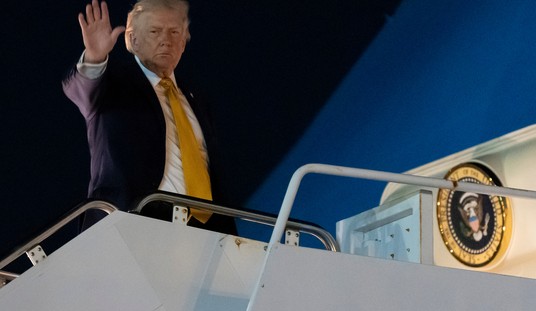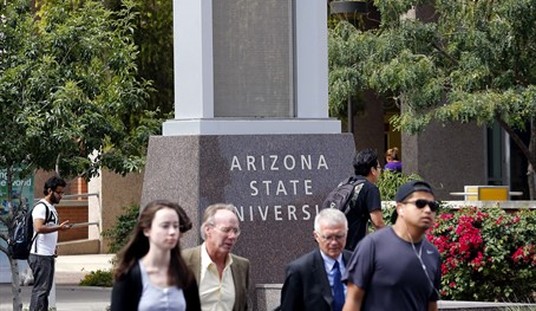At Tuesday's Democratic presidential primary debate in Iowa, the candidates admitted that ten years after the Affordable Care Act passed, healthcare costs are still unaffordable for ordinary Americans. Nearly two-thirds of adults say they've delayed medical care due to the fear of high bills.
They have good reason to be afraid. One-in-six non-elderly Americans have medical debt in collections. Over half are stressed by the cost of medical bills. It's now scarier to go to the hospital for financial reasons than personal health concerns.
A recent final rule issued by U.S. Health and Human Services that requires hospitals to post clear prices before treatments will help put patients' minds at ease. It will reveal the pocketbook impact of health services prior to care, so patients aren't shocked by the bills that arrive in the mail.
It's not only uninsured or open-heart surgery patients who are being devastated by stratospheric healthcare bills. Ordinary patients are routinely charged several thousand dollars or more for basic treatments. For median families earning about $60,000 a year, these bills are difficult to pay.
Consider the case of Carlos Ortiz, a gardener in Northern Virginia, who received a hospital bill for about $15,000 for tests to treat his dizziness. Or Zachary Bethune, who received a bill for $22,000 for some basic treatment for stomach pains. Donna Hernandez, a waitress in New Mexico, was charged $6,000 after being treated for the flu with two bags of saline and a couple of medications. Nina Deng, who fell off her bike in San Francisco and broke her arm, was charged $24,000. Heather Waldron was charged $2,000 for a feeding tube that costs about $20.
These are the faces of the country's healthcare billing crisis.
Recommended
The proliferation of high-deductible health insurance, which now makes up about one-third of health plans, has contributed to the financial pressures facing patients. This "coverage" requires policyholders to pay the first few thousand dollars of annual healthcare costs out of pocket.
The Srokas of Sterling, Virginia received a $937 bill for a half-hour hospital visit that included some ointment to treat their daughter's cut toe. The Smarts of Frederick, Maryland were hit with a $1,375 bill for a quick hospital visit to treat their son's ear infection. Both families had insurance but since the charges were within their deductibles, they were responsible for the entire payment.
Insured patients are also routinely hit with "surprise billing," which occurs when they are treated by out-of-network doctors working at in-network hospitals. According to University of Missouri economist Christopher Garmon, about one in five emergency room patients end up receiving such surprise bills.
Hospitals pursue outstanding bills aggressively. They routinely place liens on homes, seize bank accounts, and garnish wages over unpaid bills. According to a Kaiser Health News analysis, the University of Virginia hospital system sued former patients for outstanding bills for as little as $14 more than 36,000 times between 2012 and 2018. It garnished wages from Walmart employees more than 800 times. In the 2019 book, The Price We Pay, Dr. Marty Makary recounts how the local hospital had seemingly sued the entire town of Carlsbad, New Mexico.
Hospital prices are completely divorced from any underlying economic cost. Prices are regularly several times higher than Medicare reimbursement rates. This is nothing short of price gouging. And it's devastating ordinary American families across the country.
Hospitals can get away with this predatory pricing partially because they don't tell customers how much they have to pay until after treatment, putting the patient in a powerless position.
Yet the days of $1,000 bandaids, $10,000 tests, and $25,000 routine procedures may be numbered. HHS's rule requiring hospitals to publish their real prices will empower patients to choose less expensive alternatives.
Clear prices are a necessary step toward finally achieving the bipartisan goal of making American healthcare affordable. At the very least, they will remove the unique shock that currently accompanies opening medical bills.
Terry Wilcox is the executive director of Patients Rising.

























Join the conversation as a VIP Member